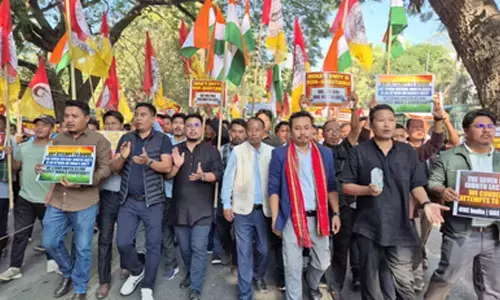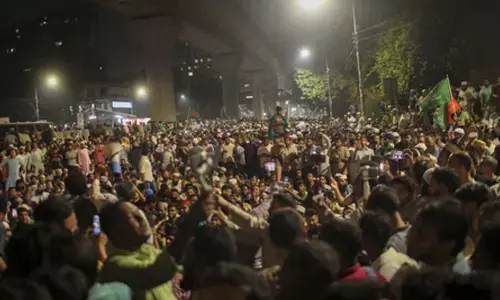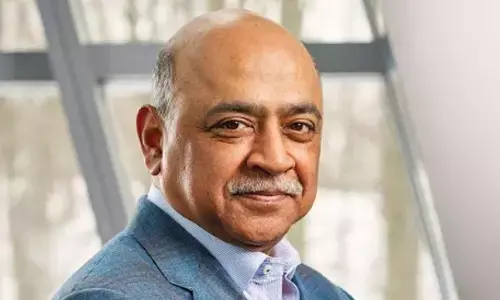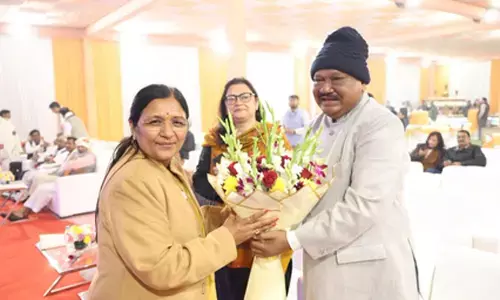What india can do to fight malnutrition.
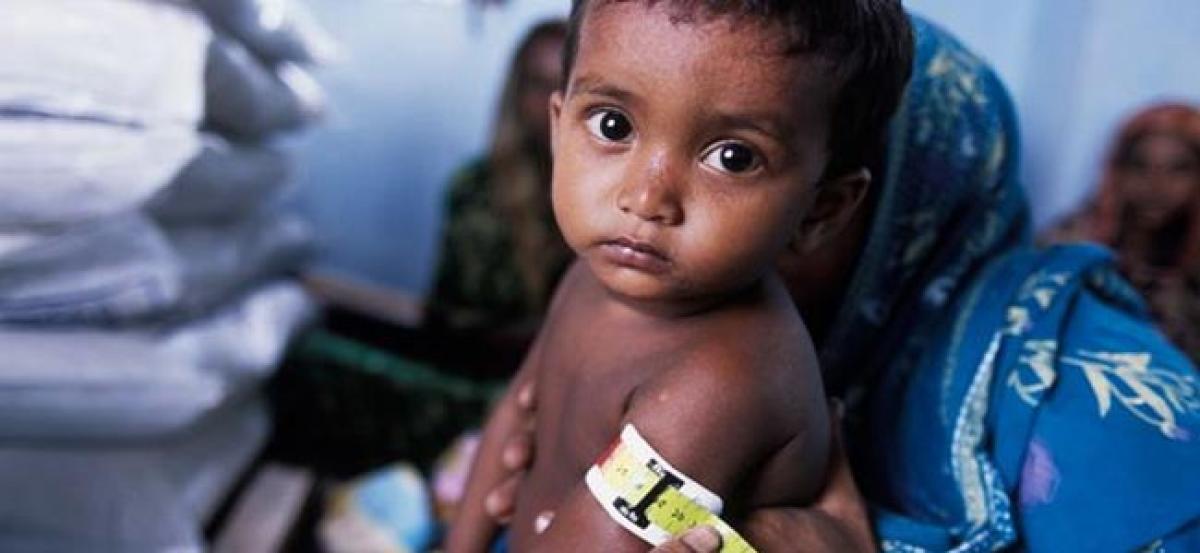
It may seem like a no-brainer to say that we need data to guide efforts to end Malnutrition. Would you run an economy without a regular stream of credible data? You\'d be flying blind if you did, and we know what happens if you try to do that. And yet this is precisely the situation that those trying to end malnutrition in India find themselves in.
It may seem like a no-brainer to say that we need data to guide efforts to end Malnutrition. Would you run an economy without a regular stream of credible data? You'd be flying blind if you did, and we know what happens if you try to do that. And yet this is precisely the situation that those trying to end malnutrition in India find themselves in.
Until the Rapid Survey on Children (RSOC) data from 2013-14, seven years had elapsed since the last nationally representative nutrition survey, the third National Family Health Survey (NFHS 3). We hear that NFHS 4, the next big government survey, is in the field and we very much hope it will be out by 2018. If it is, that will be a gap of five years since the RSOC.
Why is data important?
As the 2016 Global Nutrition Report reminds us, it is important because it tells us which types of malnutrition are being reduced and how fast that is happening. If we know this we can adjust efforts and reallocate resources before it is too late. It is also important for accountability: We need to know how resources have been allocated and the effect they are having if we are to assess the performance of key stakeholders, whether from the government, civil society, the development agencies or businesses.
What type of data is critical? There are at least five.
First, we need to know the extent of malnutrition: Where it is and how fast it is (hopefully) decreasing. In India, based on the RSOC data and the Global Nutrition Report, the speed of decline in stunting rates has improved as has the speed of improvement in exclusive breastfeeding rates and this is great news.
But the rate of wasting of under-five's remains high at 15.1 per cent, adult diabetes rates are increasing and are currently 9.5 per cent and women's anaemia rates are essentially static at 48.1 per cent, one of the world's worst (170th out of 185; China and Brazil are under 20 per cent, Sri Lanka is 26 per cent and Nepal is 36 per cent).
Data tells us where to apply the accelerator, where to try to apply the brakes and when to turn to different priorities.
Second, we need to know whether high-impact nutrition interventions are reaching the people they are supposed to reach. Interventions cannot work if they do not reach families at risk of malnutrition.
India has a patchy record on coverage: Some interventions and practices such as exclusive breastfeeding have high rates of coverage but the coverage of infant and young child complementary feeding programmes is poor, with these infants and young children showing very poor diet adequacy and diversity. Coverage is where the rubber hits the road for nutrition action. We need to know whether the roads are seeing any rubber-and whether they are the right roads.
Third, we need to know more about how well certain sectors are doing in supporting nutrition improvement. Public distribution systems that use micronutrient-rich foods are more nutrition-sensitive than ones that do not. Water and sanitation programmes that have a child-centred focus are more nutrition-sensitive than those that do not.
Cash-transfer programmes that incorporate some behaviour change communication work around nutrition will be more nutrition-sensitive than those that do not. The only way to assess the nutrition-sensitivity of these sectors is to go through the national and state and district budgets - as NITI Aayog member Bibek Debroy recently said - line by line, and designate certain line items, say, 0, 25, 50, 75 and 100 per cent allocations to nutrition.
If they are fully nutrition-sensitive they will be given a 100 per cent weight. If they are not nutrition-sensitive at all they will score zero per cent. The challenge is to increase the overall percentage allocated to nutrition. To meet that challenge, we need data.
Fourth, we need the first three types of data at the state and sub-state levels. As the India Health Report clearly shows, different states and different districts have different nutrition problems, have different capacities to address them and show different levels of political commitment and leadership.
Moreover, the distance between people and their leaders narrows as we move towards the district and community levels, and so, accountability is easier to build. To guide action and promote everyday accountability, we need more disaggregated data.
Fifth, we need to know what works. If we don't know whether a nutrition programme actually works, where it works, for whom it works, why it works and how it works, then we are, again, flying blind, wasting resources and acting irresponsibly. More research funding inside and outside India needs to be directed towards making Indian nutrition interventions more effective and more easily scaled up.
Innovations need to be developed, piloted, tested and, if cost effective, scaled up. While the costs of evaluating interventions are not trivial, as the 2014 Global Nutrition Report showed, the benefit-cost ratios of identifying and scaling up the interventions that work to prevent malnutrition are huge: Over 34 to 1 for India.
The implementation of a national, state or district economic strategy without reliable and regular data would not be attempted-investors simply would not take any such strategy seriously. And yet this is tolerated for a nutrition strategy.
The signing of the Sustainable Development Goals by the Indian government provides the perfect opportunity for India to develop its own dashboard of nutrition indicators-one that is linked to specific, measurable, achievable, relevant and time-bound (SMART) targets. The hardest thing for any government to do is to put in place measures for its people to hold it accountable.
But all governments need to act confidently and match the bravery exhibited by the mothers, fathers and families that struggle to prevent and cope with the malnutrition that affects too many of the world's next generation.
A government that stands up and allows itself to be counted on nutrition is a government whose bravery will be rewarded by an incredible legacy-the ending of malnutrition by 2030.










